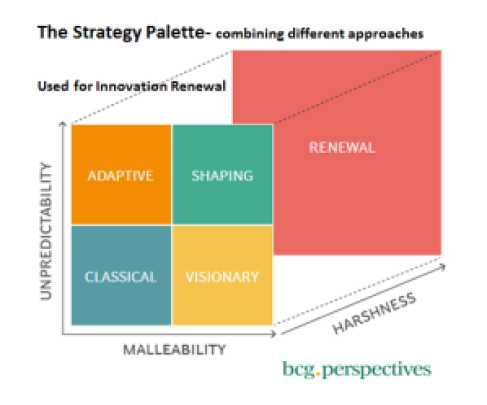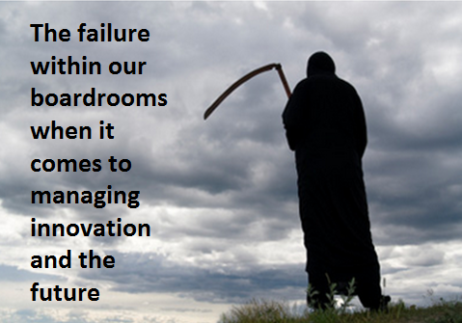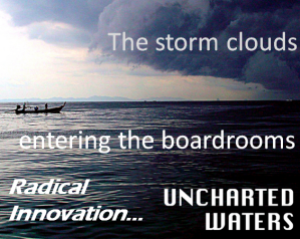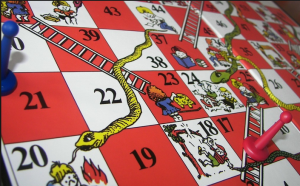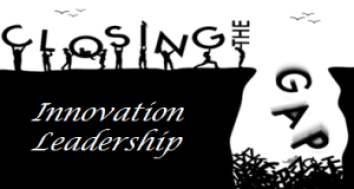 I’m a little tired of the lack of original thinking that goes into measuring innovation. Most trot out the same old chestnuts, including ‘return on investment’ as always, as near or at the top.
I’m a little tired of the lack of original thinking that goes into measuring innovation. Most trot out the same old chestnuts, including ‘return on investment’ as always, as near or at the top.
Leaders want to hear this, the sad truth is getting a ‘decent ROI’ for innovation constructed (note constructed) is really hard. If the innovation is new to the world, how can it have a clear financial return on investment until much later, much becomes an ‘educated’ guess?
We need to appreciate new innovation balance sheet thinking
Why a balance sheet thinking? There are hard and soft measures to measuring or judging our innovation. It goes way outside financial numbers. Would we have seen the emergence of Facebook, Apple Watches, Uber etc etc if those that were determining success from their investments had actually insisted on guaranteeing the ROI before launch or within short time frames, that many of our established organizations insist upon? No it was the belief and ‘seeing’ the potential that encouraged those investing to make the initial investment and then continue on ‘future’ returns.

